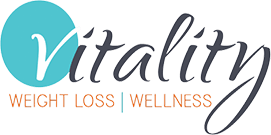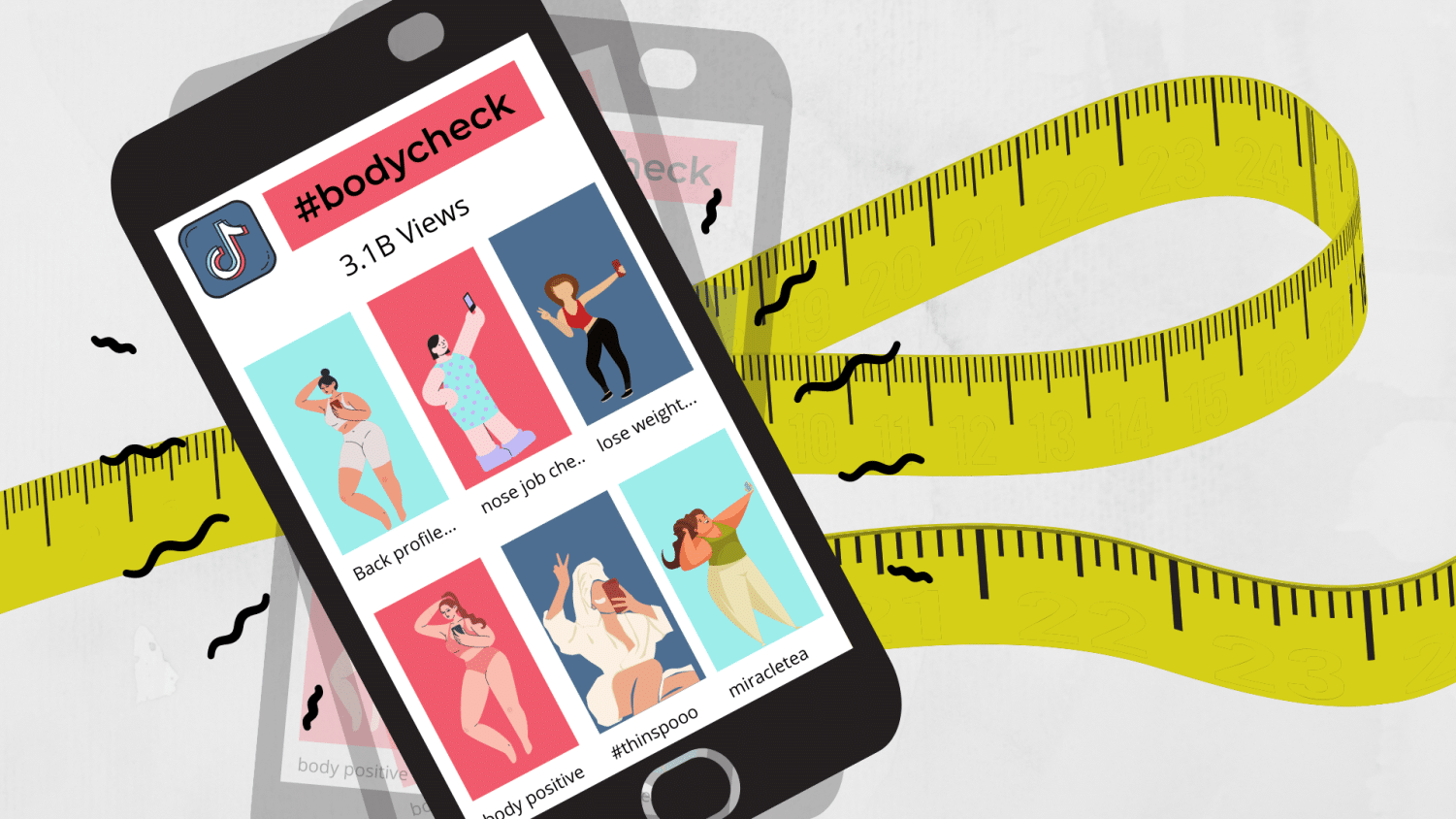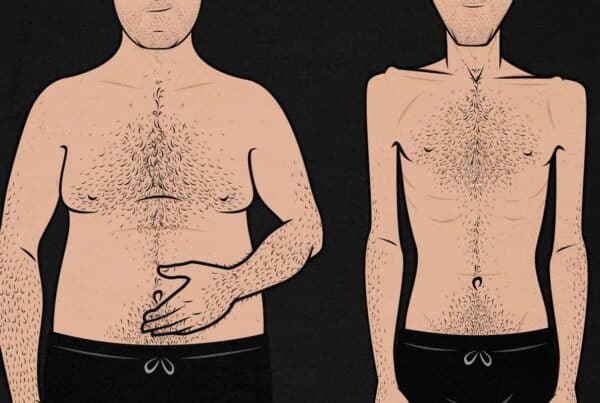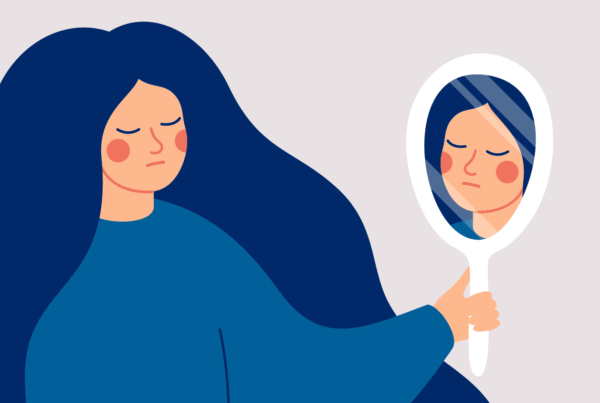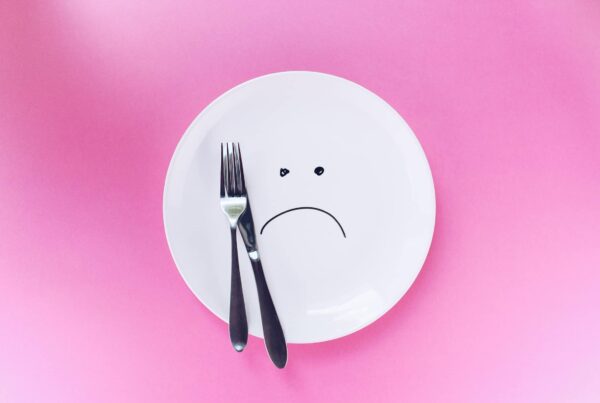In today’s digital age, social media plays a significant role in shaping how we perceive ourselves and the world around us. Platforms like Instagram, TikTok, and YouTube have transformed the way we interact, share experiences, and build communities. However, these platforms also come with a darker side — contributing to body image issues and, in some cases, exacerbating eating disorders.
Social media’s influence on eating disorders is a double-edged sword. On one hand, it can fuel harmful beauty ideals, promote unrealistic body standards, and trigger unhealthy behaviors. On the other hand, these same platforms have also created safe spaces for people to seek support, share recovery stories, and connect with others who understand their struggles. In this article, we’ll examine how social media platforms like Instagram, TikTok, and YouTube impact eating disorders, while also exploring how they can offer hope and healing for those on the path to recovery.
How Social Media Fuels Body Image Issues and Eating Disorders
1. The Pressure to Conform to Unrealistic Beauty Standards
One of the most significant ways social media contributes to eating disorders is by promoting unrealistic beauty standards. Instagram, TikTok, and YouTube are rife with curated, filtered images of “ideal” body types, often centered around thinness, toned abs, and perfect skin. These platforms amplify the idea that beauty equals success, happiness, and worth.
While influencers and celebrities may not openly promote harmful behaviors, the pressure to look a certain way — especially when it’s reinforced by likes, comments, and followers — can negatively affect a person’s self-esteem and body image. Studies have shown that exposure to “ideal” body types on social media can increase feelings of body dissatisfaction and contribute to unhealthy behaviors like extreme dieting, excessive exercising, or disordered eating.
2. The Rise of Pro-Eating Disorder Content
Another dangerous aspect of social media is the rise of pro-eating disorder (pro-ED) content. While platforms like Instagram and TikTok have made efforts to remove harmful content, pro-ED accounts and hashtags still exist. These accounts often glorify extreme dieting, weight loss, and unhealthy behaviors associated with eating disorders, creating an environment that can trigger vulnerable individuals.
The anonymity of social media can also foster harmful communities where individuals with eating disorders share tips, encourage unhealthy habits, or offer support for continuing disordered behaviors. The content may include before-and-after photos, dieting tips, and “thinspiration” images, which can be especially harmful for people already struggling with body image and eating disorders.
3. The “Perfection” Trap and Mental Health
The rise of highly edited and polished photos can contribute to what psychologists call “the perfection trap.” On social media, it’s common for users to only post their best moments, often highlighting aspects of their lives that seem flawless. This skewed version of reality can make others feel inadequate, especially those already grappling with low self-esteem.
For individuals with eating disorders, the constant exposure to perfection can reinforce feelings of worthlessness and a desire to change their bodies to fit these unrealistic standards. The pressure to “keep up” with curated images can lead to unhealthy behavior patterns, including restrictive eating, excessive workouts, and unhealthy comparisons.
Social Media as a Source of Support and Recovery
Despite the negative impacts, social media can also be a powerful tool for support, education, and recovery. While certain aspects can fuel body dissatisfaction, others offer a sense of community, understanding, and empowerment.
1. Online Support Communities
Social media platforms can serve as virtual support groups, connecting people from around the world who are dealing with similar struggles. Online communities focused on mental health and eating disorder recovery provide a sense of belonging for those who may feel isolated in their offline lives. On Instagram, TikTok, and YouTube, many people share their personal recovery stories, offering hope to others going through the same journey.
Hashtags like #EDRecovery, #BodyPositivity, and #EatingDisorderAwareness allow individuals to find relevant content and connect with others. These spaces provide an opportunity for people to share coping strategies, celebrate recovery milestones, and ask for advice from those who have “been there.”
2. Promoting Body Positivity and Self-Love
Social media has given rise to the body positivity movement, which challenges traditional beauty standards and encourages individuals to embrace their bodies as they are. Many influencers and activists use Instagram and TikTok to promote self-love, inclusivity, and acceptance of all body types.
Through body-positive campaigns, users are encouraged to stop comparing themselves to “ideal” beauty standards and to appreciate their unique, authentic selves. This can be a transformative shift for individuals struggling with body image issues or disordered eating. Influencers and creators are leading the charge by openly sharing their own struggles and celebrating real, unfiltered bodies.
3. Education and Resources for Recovery
Another way social media has contributed to eating disorder recovery is through the dissemination of helpful resources and educational content. Mental health professionals, nutritionists, and recovery advocates use social media to spread awareness about eating disorders, treatment options, and coping mechanisms. YouTube, for example, features numerous videos from professionals who offer advice on how to navigate eating disorder recovery, how to handle body image challenges, and how to seek help.
TikTok, with its short, engaging videos, has become a platform for quick tips and motivational content for people dealing with eating disorders. From recovery challenges to mindful eating tips, these videos can provide immediate support and encouragement to those in need.
How to Navigate Social Media Safely
While social media has its benefits, it’s essential to use these platforms mindfully, especially when struggling with an eating disorder. Here are a few tips for navigating social media in a healthy way:
- Follow Positive Accounts: Curate your feed to include accounts that promote body positivity, self-care, and recovery. Unfollow content that glorifies unhealthy behaviors or promotes unrealistic body standards.
- Set Boundaries: If certain accounts or content trigger negative emotions, it’s okay to mute or unfollow them. Protect your mental health by prioritizing accounts that offer support and inspiration.
- Engage in Supportive Communities: Seek out online support groups or recovery-focused communities where you can share your journey, ask for help, and connect with others who understand your struggles.
- Take Social Media Breaks: If social media starts to feel overwhelming or harmful, take a break. Focusing on real-life connections and self-care can be a powerful tool in maintaining mental and emotional health.
Conclusion: Striking a Balance
Social media is a powerful force in today’s world, capable of influencing both our mental health and our recovery journeys. While platforms like Instagram, TikTok, and YouTube can contribute to body image issues and eating disorders, they can also serve as a source of support, education, and empowerment for those struggling with these challenges. By using social media mindfully, individuals can tap into its positive aspects while avoiding the harmful content that can trigger negative behaviors.
The key is balance: using social media to build a supportive community, find recovery resources, and celebrate body positivity, while staying vigilant about the potential risks. For those affected by eating disorders, social media can be both a tool for harm and healing — it all depends on how we engage with it.
